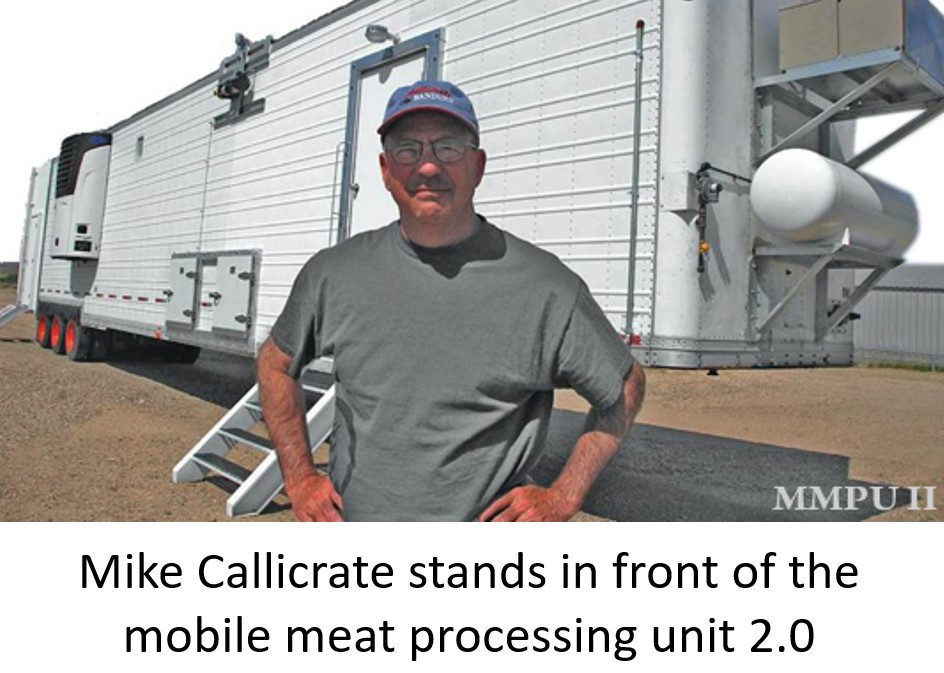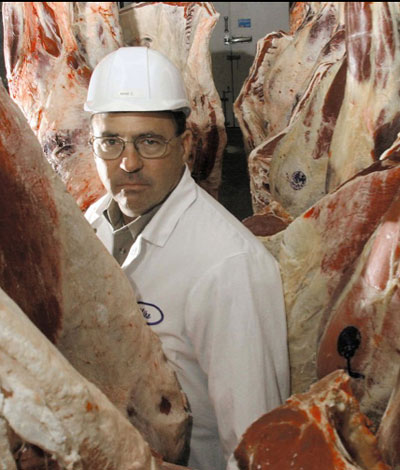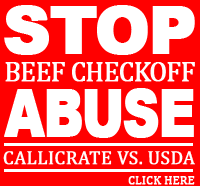Cheri with SpringsOver40.com asked a great question a few months ago – what is AMR? The following is a follow-up on her article, Advanced Meat Reclamation.
Listen to The Podcast from the Derry Brownfield Show
Ingredients for AMR:
�
Advanced Meat Recovery (AMR) is an extremely profitable practice in today’s industrial meat industry. What was once rendered into pet food is now being sold at much higher prices as meat for human consumption. Contrary to the perception that meat is removed from the bones with AMR, the bones, along with the meat on the bones, is pulverized and blended into a fine slurry; frozen and shaped into various forms that are easily ground into many different meat products. Due to Mad Cow Disease (BSE), USDA bans vertebral columns from cattle over 30 months of age for use in AMR, even though (BSE) has been detected in cattle younger than 30 months. Various methods for determining the animals age are not dependable.
The added meat, mostly cheap (and very cheap) trimmings, are used to decrease the bone and marrow content to acceptable USDA levels. Although the USDA requires removal of the spinal cord, nerve tissue that radiates immediately from the spinal cord through the intervertabal foramen, and into the peripheral nervous system, is present in the product. Products containing AMR do not require labeling identifying it’s presence. USDA considers AMR to be meat (as opposed to bone, marrow and nervous tissue), enabling AMR to be sold to consumers as “beef”.
Anhydrous Ammonia is approved for use in AMR as an intervention kill step for pathogen contaminated meat. Anhydrous Ammonia (also used in methamphetamine production) is a very dangerous and highly toxic substance that reacts violently with tissue and other substances containing moisture.
Final Product: Advanced Meat Recovery (AMR)
�
�
Many foods from hamburgers to hot dogs and sausages contain AMR. It is used by most fast-food and chain restaurants as well as many independent food establishments that buy from major food service companies. Due to the significantly lower price, AMR is also used heavily in school lunch programs, hospitals, retirement homes, and other institutional establishments seeking the lowest possible prices. It was reported that Eldon Roth, owner of BPI, boasted that his AMR was in 70% of the hamburgers in the U.S., soon to be 100% (See Food Inc. for an inside look at BPI).
Use of AMR greatly advantages processors that use it, enabling them to significantly undercut higher quality, non AMR meat processors prices. Many eaters and small processors who refuse to use AMR, continue to ask, by what method or process was AMR approved for human consumption. Where are the studies on the short and long-term effects of AMR, or the addition of anhydrous ammonia, to meat on human health?
For more information on USDA guidelines for producing AMR, see Section 318.24 in the following document: 9CFR318.PDF
More information can also be found at USDA’s FSIS website:: http://www.fsis.usda.gov/Science/Beef_Produced_by_AMR_Systems/index.asp and http://origin-www.fsis.usda.gov/OPPDE/rdad/FRPubs/03-038IF.pdf.
Mike Callicrate












